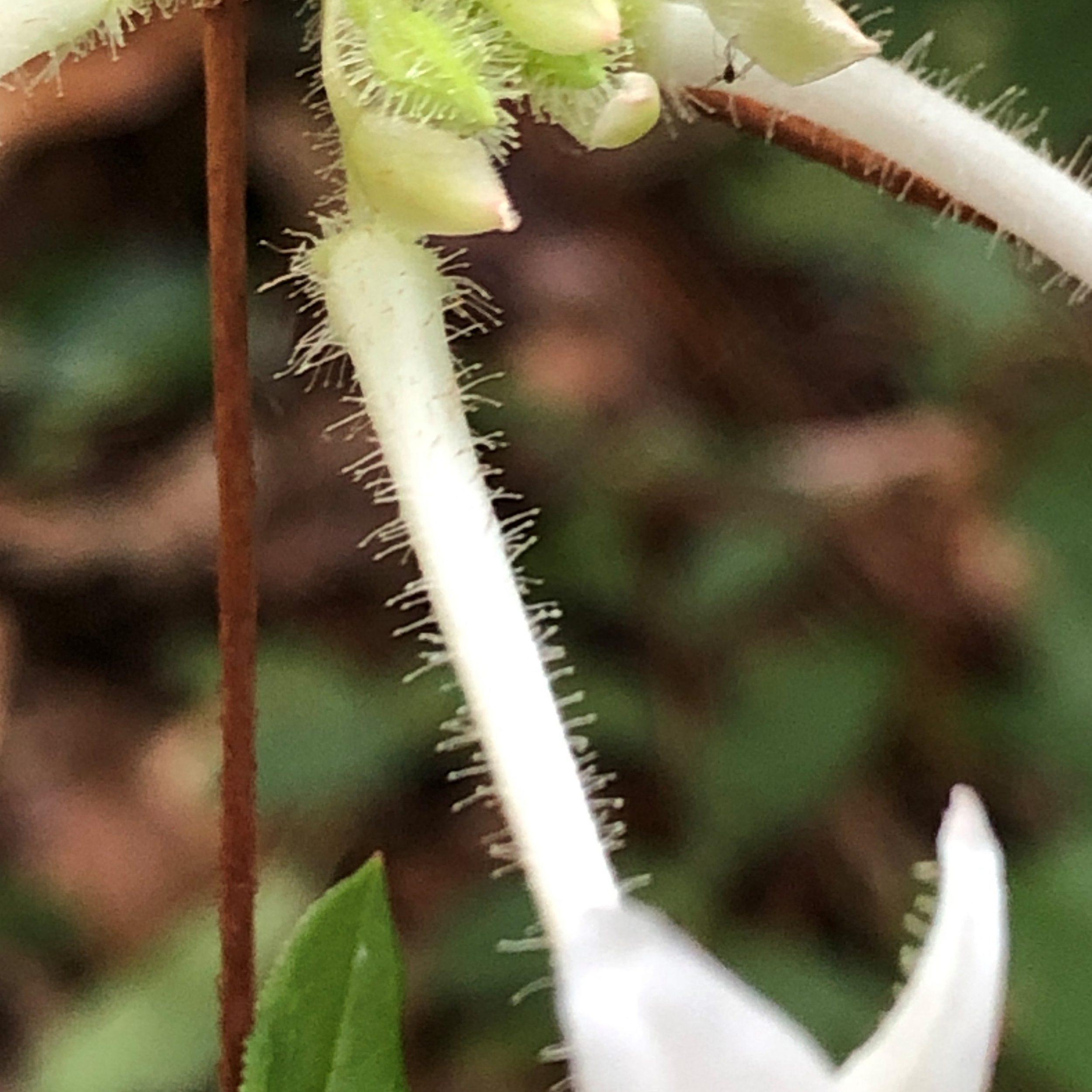As striking as any of its relatives, Summer Azalea is often missed, and that’s because we’re not looking in the right places or during the right time of the year. To find this beauty, you have to get your feet wet and endure a bit of warm weather. The effort to find them is both an adventure and a lesson in how many plants get their names.
Unlike our other two common species of honeysuckle azaleas (named for the shape of their blossoms), Summer, or Swamp, Azalea blooms in June and July. They are a plant of freshwater wetlands, where many of us do not typically tread. Considered an obligate wetland plant, they have adapted to grow in the wet, saturated soils of bayhead swamps and wet hillsides throughout the eastern United States.
As with many organisms, there is descriptive meaning in its scientific name—Rhododendron viscosum. The genus name is derived from two Greek words, “rhodon” (rose) and “dendron” (tree), which literally translates to “rose tree.” The species name is from the Latin word “viscosus,” meaning “sticky.”

The flowers of this woody shrub do fit the definition of a rose of sorts, but the sticky reference is not obvious on the pure white flowers until you touch them. The dense layer of hairs on the surface of each blossom belies their sticky nature. The glue emanating from these glandular hairs will literally stick with you. Why they are this way is not clear, but this condition is likely a defense against insects wanting to eat them.
As to when and where to find them, now is the perfect time of year (June and July) to put on your boots and head to your favorite nature trail where there is a bayhead swamp. Look for the bright white honeysuckle blossoms on shrubs growing under the forest canopy. They are usually multi-stemmed and range from 4-6 feet in height.
One is blooming now in the bayhead swamp crossing on the long loop at the Fontainebleau Trail in Ocean Springs. Another was recently spotted on the slope of the first hilltop overlook on the short loop of this same trail (to the left of the wooden bench). Go check them out!
So, grab your boots and experience the unsung yet beautiful member of our suite of native azaleas.
Hope to see you in our great outdoors!